Filter:

Hess Sound felt mallet soft

Hess Sound felt mallet hard

Hess Sound singing bowl mallet silicone, handle : beech
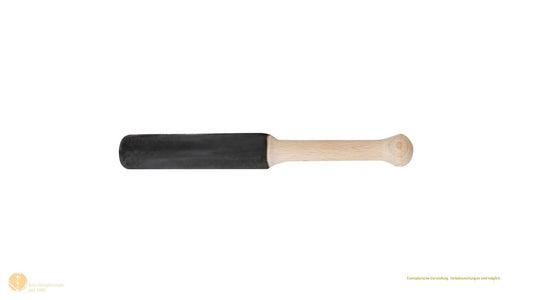
Beech wood friction mallet

Hess Sound felt mallet, small

Hess Sound double felt mallet round (medium)

Hess Sound double felt mallet round caoutchouc/silicone/felt

FS-K, small mallet with hard felt head

ollihess Professional Chakra Mallet
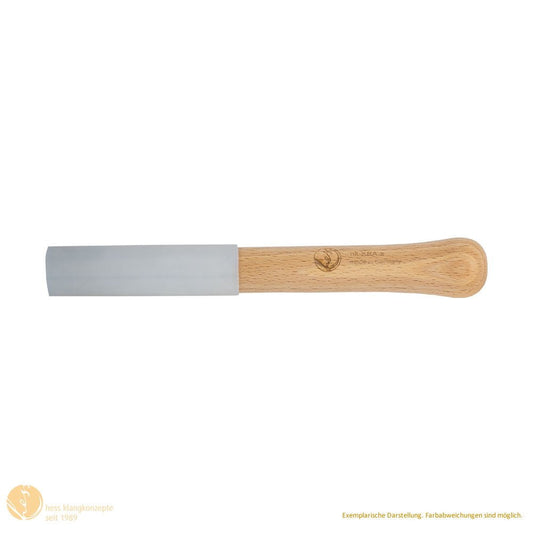
Hess Sound singing bowl friction mallet aluminum
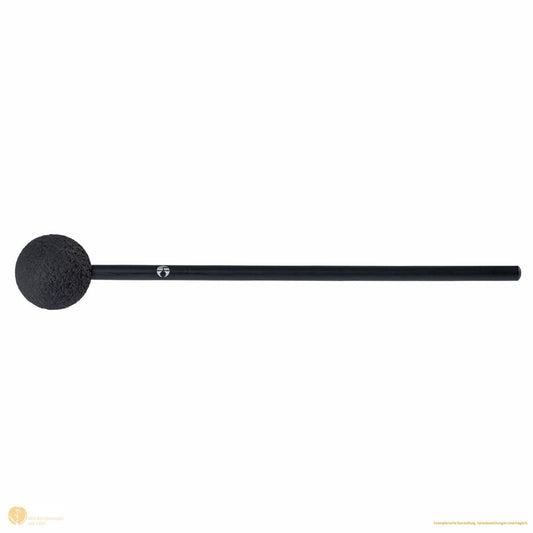
ollihess gong friction mallet Lava Edition

ollihess gong driver smooth Lava Edition
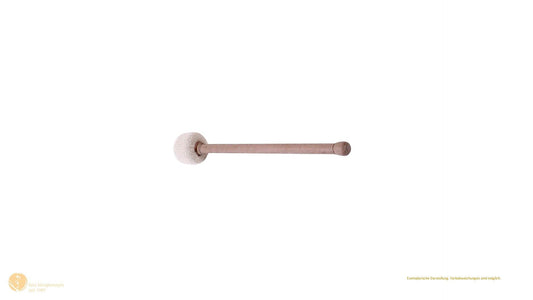
Plush mallet with rubber core
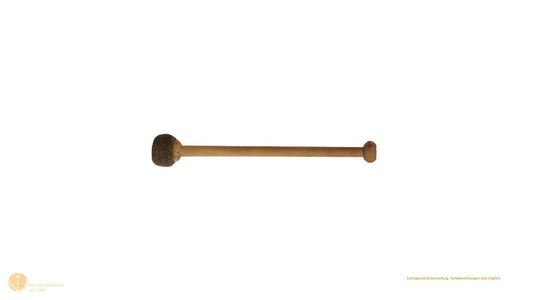
Felt mallet, medium hardness

ollihess Crazy Egg friction mallet / Singing Bowls Mallet
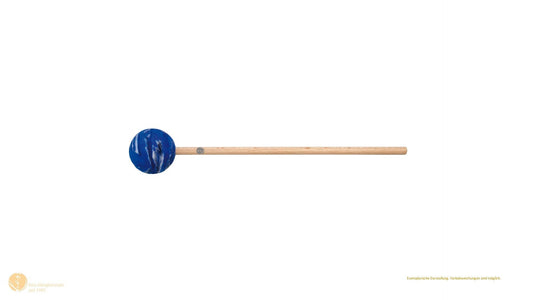
Hess Sound Small earth mallet

E-Gong friction mallet
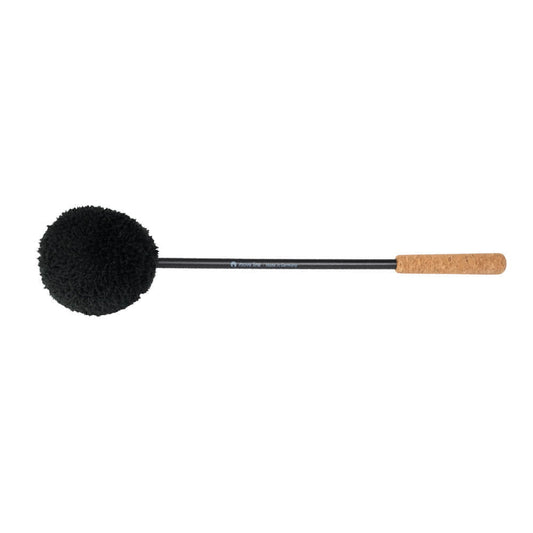
ollihess professional gong Mallet move line edition
Which mallet should I buy?
At Hess Sound you will find both felt mallets for a firm attack and direct tone as well as felt mallets for a soft and warm tone. There are also plush mallets with a rubber core. These less expensive mallets offer a centered attack for low notes due to their weight and rubber core. They produce a long-lasting sound and are suitable for Singing Bowls and all Feng and TamTam gongs. For therapeutic applications, we recommend singing bowl mallets made of aluminum, as they are easy to disinfect. You can also use these mallets for working in water, for sound meditations (room-filling sounds on Singing Bowls and gongs) and for sound massage.
What mallet are there for gongs?
We have developed different mallets for working with gongs . The size, degree of hardness and nature of the surface and the mallet core determine the timbre of the gong. You can use gong mallets and gong rubbers. The latter can be used to rub a gong, creating a spherical sound.
Which mallet are there for Singing Bowls?
Singing Bowls are typically made to resonate with various felt mallets. The main sound of the bowl varies depending on the size and hardness of the mallet head. We therefore recommend using different mallets, especially if you only have one Singing Bowl . A tried and tested combination is, for example, a large, soft felt mallet for particularly low tones, a medium, slightly harder felt mallet for frequencies in the medium range and a small, hard felt mallet for high tones.
























